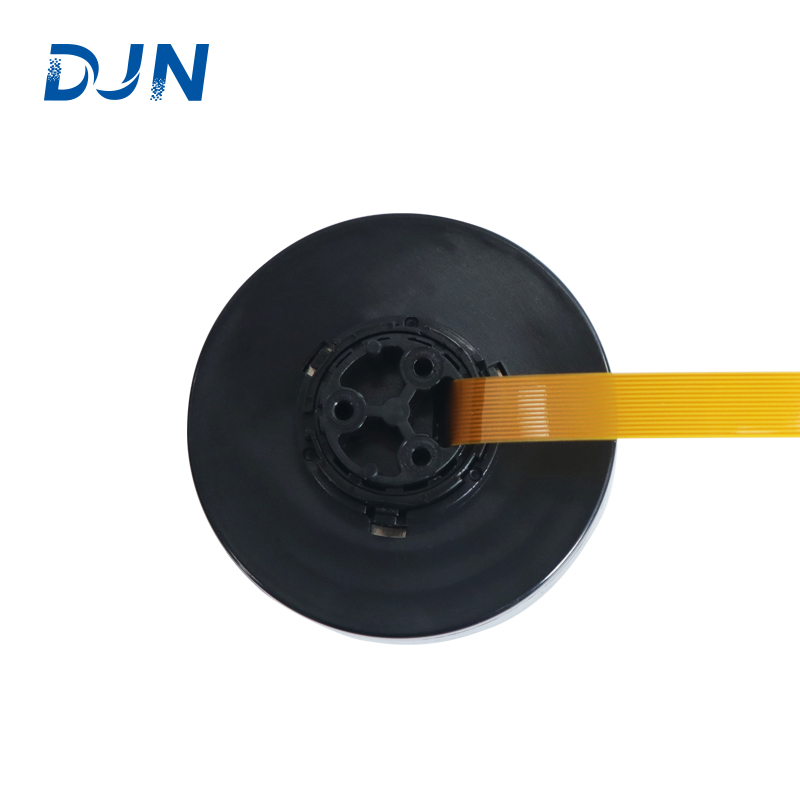In today’s technological era, Human-Machine Interface (HMI) screens have become an integral part of various industries. These interactive displays allow users to control and monitor machines or systems efficiently. In this article, we will explore the different types of hmi screens available in the market and discuss their features and benefits.
The Versatility of HMI Screens

HMI screens are designed to provide a user-friendly interface between humans and machines. They offer visual representations of data, allowing operators to interact with complex systems effortlessly. With touch-screen capabilities, these displays enable intuitive navigation through menus, settings, and controls.
Moreover, HMI screens can be customized according to specific industry requirements. From industrial automation to medical devices and automotive applications, these versatile displays find applications in diverse sectors.
DJN LCD: An Advanced HMI Solution
One prominent player in the field of HMI technology is DJN LCD. Their range of high-quality displays offers exceptional performance for various industrial needs. DJN LCD screens feature advanced touch technologies that ensure precise input recognition even under challenging conditions.
These ruggedized displays are built to withstand harsh environments such as extreme temperatures, vibrations, and dust exposure commonly found in manufacturing facilities or outdoor installations. Additionally, DJN LCD provides excellent technical support for seamless integration into existing systems.
The Power of 1.14 inch TFT Module
A notable example within the realm of HMI screen options is the 1.14 inch tft module by DJN LCD. This compact yet powerful display boasts vibrant colors and sharp image quality despite its small size.
The 1.14 inch TFT module offers a wide viewing angle along with enhanced sunlight readability – crucial features for outdoor applications. Its low power consumption ensures energy efficiency, making it an ideal choice for portable devices or battery-powered systems.
Furthermore, this module supports various communication interfaces and can be easily integrated into different platforms, providing flexibility to designers and engineers in their HMI screen selection process.
Conclusion
HMI screens have revolutionized the way humans interact with machines across industries. Their user-friendly interfaces and customizable features make them indispensable tools for efficient control and monitoring of complex systems. DJN LCD’s advanced HMI solutions, such as their ruggedized displays and the versatile 1.14 inch TFT module, offer exceptional performance and reliability in demanding environments.
When choosing an HMI screen, it is crucial to consider factors like display size, touch technology, environmental conditions, power consumption requirements, and integration capabilities. By selecting the right HMI screen that aligns with specific application needs, businesses can enhance productivity while ensuring a seamless human-machine interaction experience.
